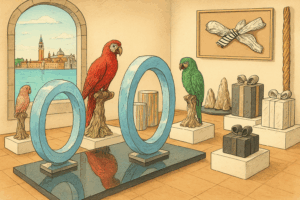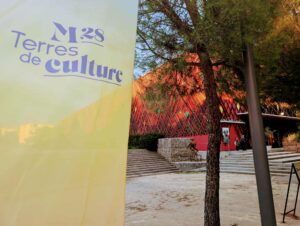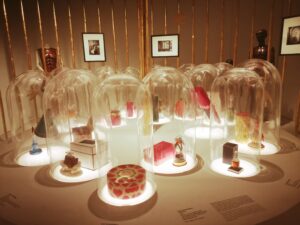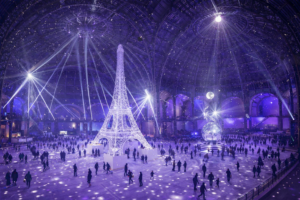Street Art also invests offices, the example of the Baker McKenzie cabinet
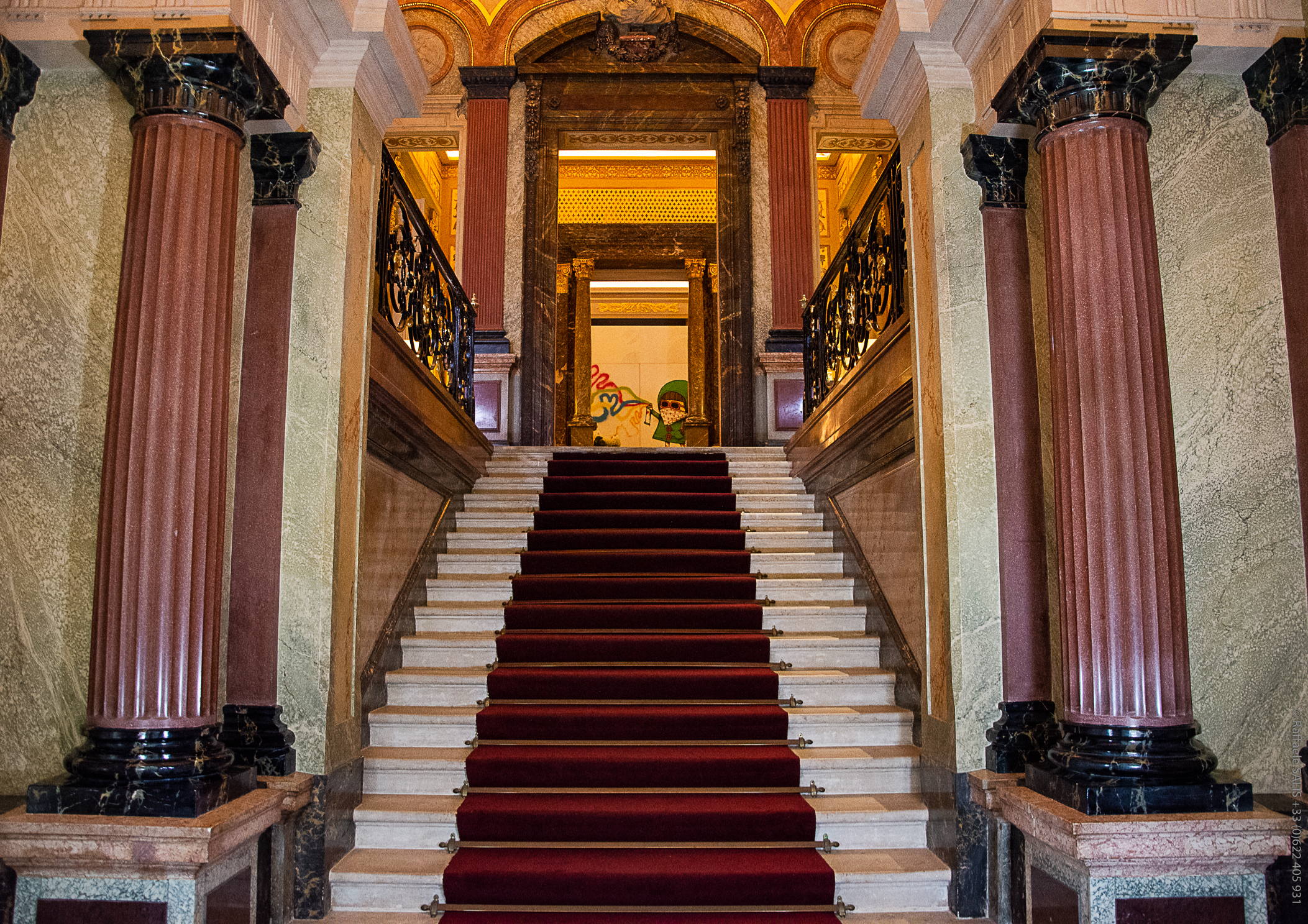
The international law firm Baker McKenzie joins forces with Nicolas Laugero-Lasserre, a street art collector, president of Art42 and director of ICART (school of culture and art market management), to showcase urban art through its next exhibition “Urban Art”. On May 24, it will unveil to the firm’s clients some of the most famous street artists’ works in the sumptuous decor of the Baker McKenzie mansion, located a stone’s throw from the Champs Elysées. The shared ambition of both partners is to support the democratization of this art in an ecosystem in the midst of social and digital change.
This is the first time that a private place has the honor to host twenty works – often monumental – from the collection of Nicolas Laugero-Lasserre. This unique exhibition began with a vernissage on Thursday, May 24, 2018 in the premises of Baker McKenzie, formerly the mansion of Humbert de Wendel, famous businessman of the 19th century. Born in hiding, urban art has come a long way since the 1960s. This contemporary artistic movement brings together all forms of art made in the street, or in public places, and encompasses various techniques such as fast graffiti on wall, advertising, stencil, mosaic, sticker, display, or ephemeral installations. This art, seen by a large public, is now interfering in the Paris offices of one of the great leaders of international business law in “private” mode.
Nicolas Laugero-Lasserre was thus questioned about his approach and this exhibition project of “Urban Art”.


In each room of the mansion, visitors can admire the works of renowned artists who make the history of urban art: Shepard Fairey, Futura 2000, Jef Aerosol, Bault, Okuda, Madame, Dran, Momo , Gray 1, Pantonio JR, Banksy and Invader (photo credits: Baker McKenzie).
– What is your background and how did you come to collect Urban Art?
Arriving in Paris, I discovered many artists on the walls of the city, it fascinated me. I lived then in the neighborhood of Butte-aux-Cailles, temple of street-art. I was not at all initiated, and this practice just seemed to be a great way to discover the art to the greatest number. Accessible, colorful, sincere, urban art does not pose barriers. After discovering them in the street, I found the same artists in the galleries. I then started to attend various cultural institutions, and I had the opportunity to work at the Espace Pierre Cardin, first as a press attaché, until I was given the direction from 2006 to 2015. I took the opportunity to maintain my passion. In 1999, I created the media Artistik Rezo, followed today by more than 20,000 people. Ten years later, I created the Artistik Rezo club, allowing 7000 people, including 6000 students to access many cultural events. Since 2014 I am member of the Board of ADIAF (Association for the International Distribution of French Art) and President of the Association of Directors and Producers of Private Theater. I have also been running ICART (School of Culture Management and Art Market) since 2015. The same year, I created the Artistik Rezo gallery to promote young urban artists. I give them carte blanche to design their exhibitions.


This exhibition echoes Baker McKenzie’s culture and innovation. Already in 2017, the firm launched the first program “break the codes”: the first hackathon of a law firm, in partnership with 42 and Schoolab which aimed to imagine the business law firm of tomorrow. During the opening, the Monkey Bird collective will perform a “live” performance on a large wall of the garden of the mansion (photo credits: Baker McKenzie).
– On which criteria did your collection (investment or favorite) consist of?
I started buying street art in the late 1990s, when only 2 specialized galleries existed in Paris. Today they are not counted anymore! I bought my first work at 23, it was a MissTic stencil on a cardboard. It seemed crazy at the time, but a lot of madness followed …
I work more by heart stroke; Street artists offer their view of the world to as many people as possible. I like this commitment, which manifests itself differently for everyone. I try to promote their singularity, while offering a plurality of messages.


Baker McKenzie is a committed firm, a dedicated patron of artistic creation, especially photography. Since March 2015, the firm has organized four major art exhibitions. The first was devoted to “Women Photographers”, an event that defended diversity, a theme dear to lawyers (photo credits: Baker McKenzie).
– What triggered your partnership with School 42 and what is it about?
In 2013, I discovered school 42 in the press, by chance. The innovative policy of this computer coding school immediately spoke to me. I met the director, and I started to lend some pieces to hang in the school. Over time, this has developed into a permanent exhibition, scalable according to purchases, loans from my collection.
This represents today the culmination of 20 years of collection, of course, of passion, but especially of sharing. Students evolve in the midst of work that they tame and end up with. Some of them are even mediators during the weekly and free museum openings, with my ICART students.
Today, we are building a large-scale project at our Pierre Charron school: the ICART MUSEUM. Art is part of the DNA of the school and radiates to all students.


The second exhibition was held on the occasion of COP21, to affirm the firm’s commitment to the preservation of the planet. This colorful exhibition, titled “The Earth: Our sublime Noah’s Ark”, brought together some thirty works by six great photographers: Yann Arthus-Bertrand, Eric Bouvet, Alain Buu, Reza, Sebastiao Salgado and Hans Silvester (credits photo: Alex Plato).
– It’s quite original to expose in a law firm. How was the project born with Baker – McKenzie? Are the works created In Situ, on the patio, destined to remain permanent?
I met a part of the Baker McKenzie team in school 42, during a hackathon (competition between multidisciplinary teams to develop innovative projects in record time): the Cabinet also has a real desire breaking the codes, and responding to the new digital challenges of its customers. The teams present were challenged by the works exhibited in the school, and the message conveyed by their presence.
We exchanged and I was invited to exhibit my works in the Parisian headquarters of Baker McKenzie. Urban art is a breath of freedom for me, and putting it in an institution at the heart of power is great. Artists are expressing themselves and are now beginning to be heard and recognized in all spheres of our society. I like the idea of participating in this reverse democratization: the movement first existed in the street, and it is rising today in places of power.
The fresco by the Monkey Bird will remain as long as the teams of Baker McKenzie will want. The fact that it can be erased or destroyed in a more or less near future is an integral part of urban art. In the street, some rooms only stay a few days, even a few hours, other years …


Finally, the third exhibition was realized in partnership with the MEP (European House of Photography) and allowed the edition of a work of art – “A library” – devoted to the fund of the MEP. Finally, in 2017, the firm teamed up with the Templon Gallery for an exhibition of the most recent works by the painter Philippe Cognée: a painting and ceramics work that questions the role of the visual arts in a society where the image under the effects of new technologies, it is both pervasive and impoverished (Photo credits: Baker McKenzie).
– The works were selected with the Cabinet and if so, which team? Do they represent current trends in Street Art or are they new ideas to put forward?
The dialogue was at the heart of the construction of this exhibition. We exchanged a lot with the event and communication team, the idea being to share the works as much as possible with the members of the Cabinet, the clients and the service providers.
We chose to show the different facets of the movement, and thus artists more or less recognized. Some of the artists on display are inescapable in the history of urban art, such as Banksy, Futura and Shepard Fairey. Others are more emergent; I have the support of young artists, such as Bault or Madame, some of which are also present in this exhibition.
“Urban Art”, Baker McKenzie, 1 rue Paul Baudry, 75008 Paris.


